Nature’s Best Organic 16% Protein Pellet Adult Mini Pig Feed, 25 lb.
Nature’s Best Organic Pellet Adult Mini Pig provides a complete, nutritional diet for adult mini pigs. Organic mini pig pellets aim to strengthen mini pigs without the use of pesticides or genetically modified ingredients.
Nature’s Best Organic Pellet Adult Mini Pig provides a complete, nutritional diet for adult mini pigs. Organic mini pig pellets aim to strengthen mini pigs without the use of pesticides or genetically modified ingredients. They provide pigs with a healthy diet and balanced nutrition through 16% protein and natural ingredients! The pellets result in easy feeding and less product needed to maintain weight. The pellets, which are free of bone meal and ruminant products, travel easily through feeders and produce minimal dust. Feed Organic 16% Mini Pig Adult pellets to adult mini pigs four months of age or older. To maintain weight, feed quantity should be 1-2% of pig’s body weight.
- USDA Organic
- Non-GMO Project Verified
- Complete feed for mini pigs four months of age or older
Additional information
| Animal Type | Pig |
|---|---|
| Food Form | Pellet |
| Packaged Height | 3 in. |
| Packaged Length | 27 in. |
| Packaged Weight | 25 lb. |
| Packaged Width | 12 in. |
| Pig Life Stage | Adult |
| Special Diets | Non-GMO, Organic |
| Warranty | 1 year |
| Manufacturer Part Number | BM0790P |

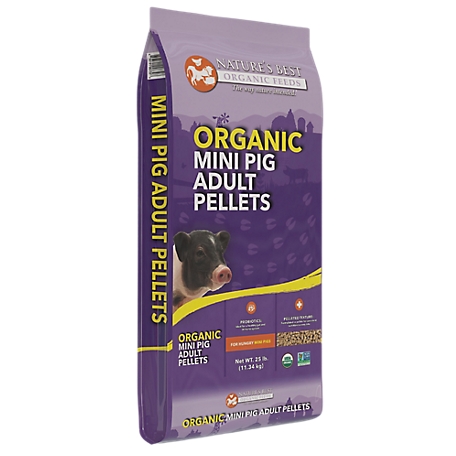
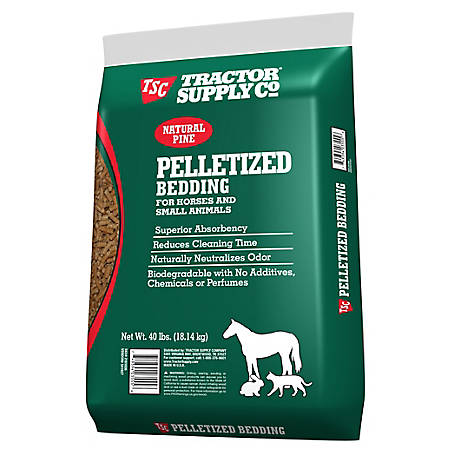
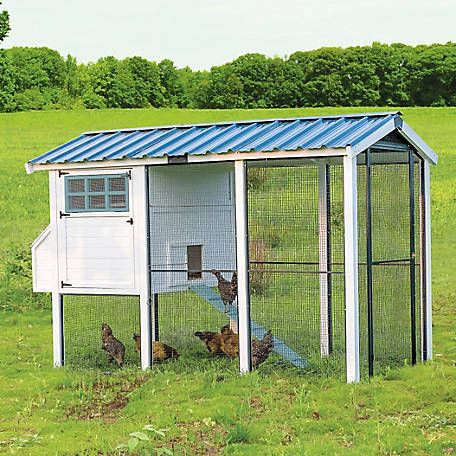
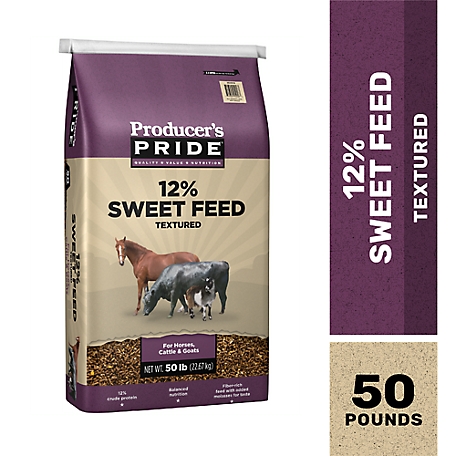




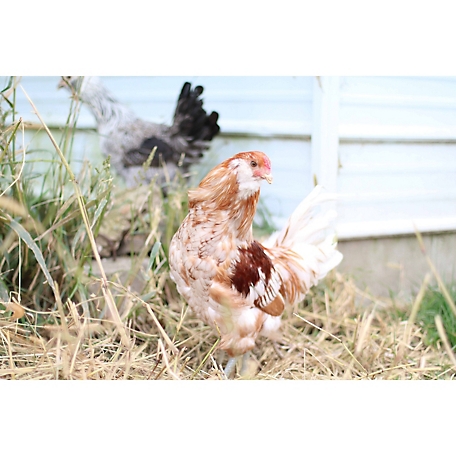
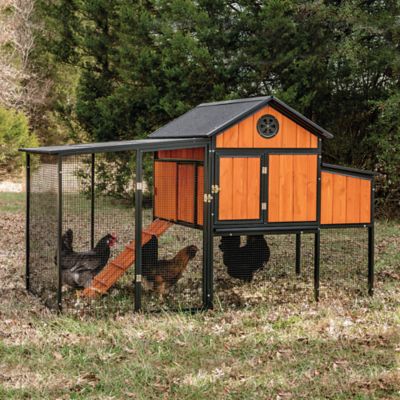
by Andrew
Always good service
by Richerson
Best mini pig food I’ve tried for my pigs. I’ve been using this feed for over 2 years and I’ve never had a problem with it!
by Shan
Fantastic chow for our pigs! We choose it over MannaPro and Mazuri. Pigs love it, and we see minimal rust and eye leakage.
by Gemma
I like to fill the bowl with water when feeding this since they don’t drink enough water and it slows them down a bit.
by Casperberry
Causes minimal rust.